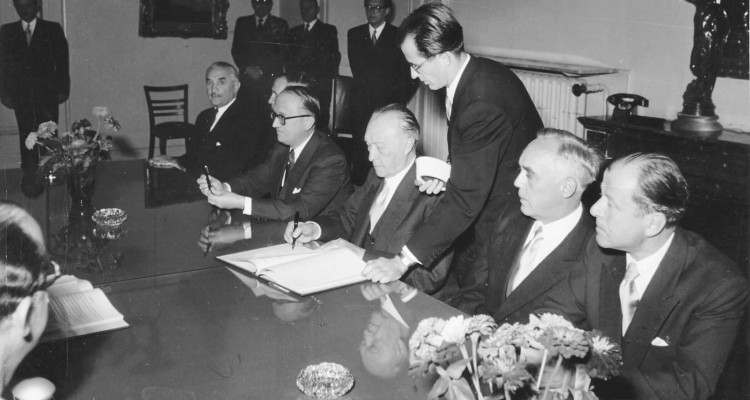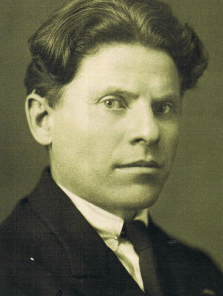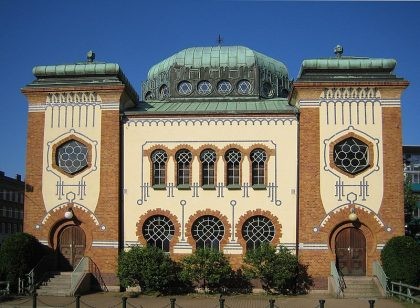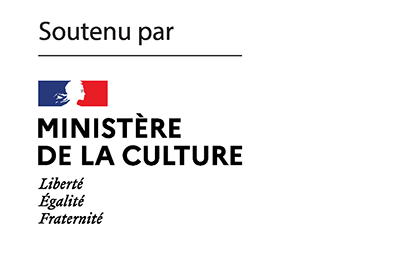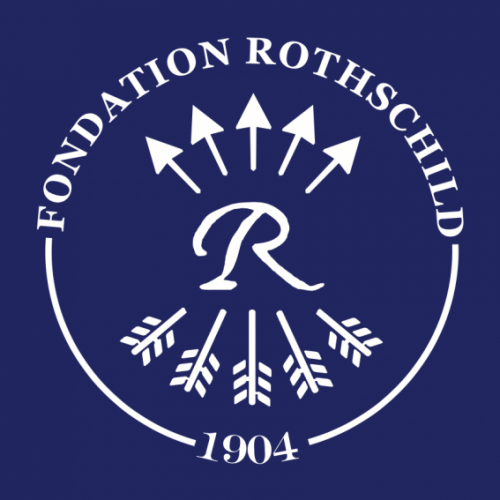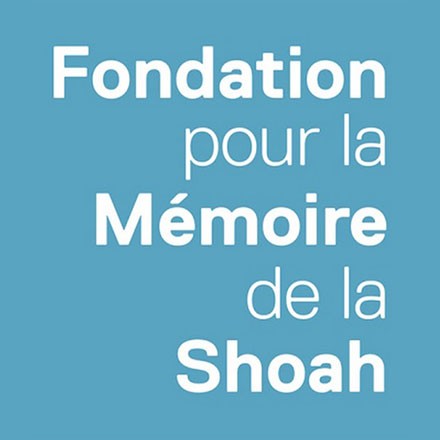It was in September 1952 – just seventy years ago – that the Luxembourg Agreement on German reparations to Israel was signed by Federal Chancellor Adenauer and Israeli Foreign Minister Moshe Sharett. Preliminary negotiations had been conducted by Nahum Goldmann, President of the World Jewish Congress. The FRG agreed to pay 3 billion marks to Israel and 450 million to the Jewish Claims Conference (in charge of the reconstruction of Jewish communities in the Diaspora). Reparation” agreement? It is also called an “indemnification” agreement. Or even “reconciliation”. Indeed, German politicians sometimes claim that the document signed in 1952 was the prelude to the “miracle of reconciliation”[1] between Germany and Israel. And from this line of interpretation, others sometimes conclude that this agreement should be exemplary in regulating the relationship between former executioners and victims, including today. But what was really at stake in the financial deal of 1952? The historian Constantin Goschler looks back at this historical episode in detail and reflects on the misunderstanding within the German, and even the global, consciousness that it has generated to this day.
For Samuel Schwarzbard, it was not a question of compensation, and even less of forgiveness, reparation or reconciliation, but of revenge. On May 25, 1926, Schwarzbard assassinated Petlioura in Paris – the Ukrainian military officer and politician responsible for the pogroms that killed tens of thousands of Jews between 1919 and 1920. “Assassin, that’s for the massacres!” he shouts after checking the identity of his target. This act of revenge, its author thinks of it as a gesture of justice, a gesture of disclosure of the massacres to the public opinion of the time and a call to emancipation … Portrait of the murderer of Petlioura by the philosopher Elisabeth de Fontenay.
Finally, one week after the legislative elections in Sweden, which saw the extreme right become the second political force in the country and begin negotiations to form the new government with the right-wing coalition, we republish David Stavrou’s report on Malmö, a city that symbolizes the tango that is danced together by anti-Semitism imported from the Middle East and an old anti-Semitism of the extreme right that found a welcoming refuge after the Second World War in Sweden’s third city.
